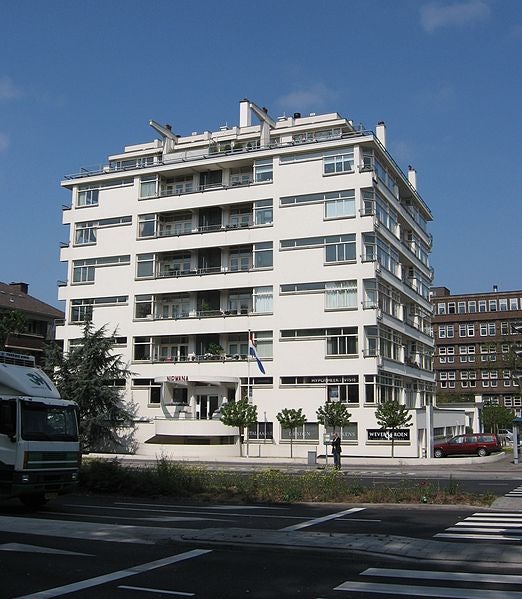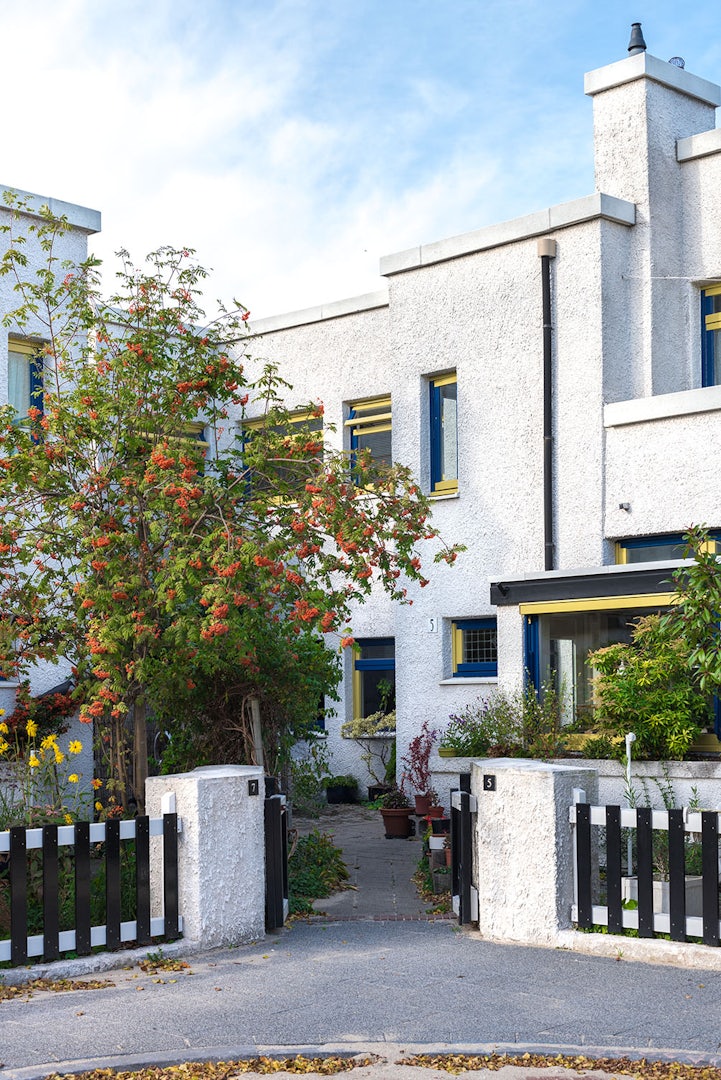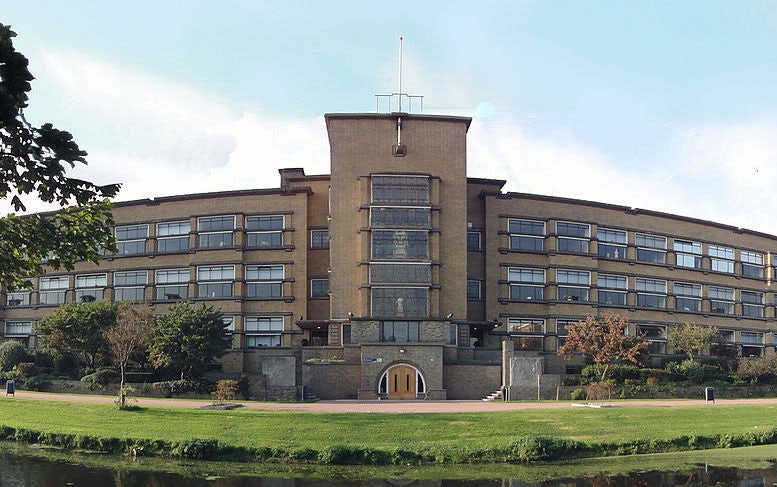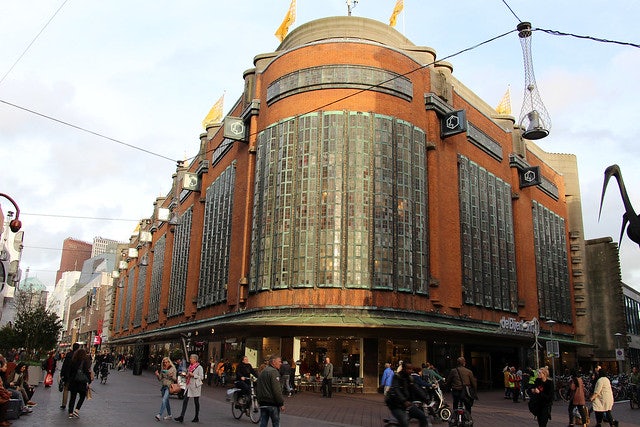5 remarkable 20th-century buildings in The Hague
1) Nirwanaflat
It is hard to believe that after its completion in 1929 the Nirwanaflat was considered the first high-rise of the Netherlands. Its design was based on Het Nieuwe Bouwen (the Modern Movement) and thus rationality, functionality, and practicality were among its most important characteristics. The flat was to house well-to-do returnees from the Dutch East Indies, who craved for luxuries such as an in-house restaurant, maids, and servants.

2) Papaverhof
These sober white concrete middle-class houses were built in the design of De Stijl. This Dutch art movement embraced abstraction, geometric forms and primary colours and had famous members like Theo van Doesburg, Piet Mondrian, and Gerrit Rietveld. The 1921 complex, with its lush courtyard, was designed by Jan Wils and is now an important Dutch monument.

Tal Maes
More hidden secrets of The Hague?
This guide lists 500 hidden places to eat, drink, sleep, discover, and more. Go off the beaten track in The Hague. Available now in our bookshop.
3) Dalton School
In between the two World Wars, The Hague developed its own architectural style, known as the New Hague School. It has cubism, symmetry, and horizontalism in common with its contemporary, the Amsterdam School, but is slightly more luxurious. Examples can be found throughout the city, but the Dalton School by J.J. Brandes stands out.

4) Toren van Oud
In 1969, the triangular Toren van Oud was considered the first skyscraper of The Hague. As the hotel of the conference centre next door, it never really took off and the Toren van Oud was subsequently turned into an office building. After thorough remodelling, this iconic building will get a new life again, this time as a short-stay apartment building offering ‘rooms with a view’ only.

5) Haagse Bijenkorf
In 1924, the luxury department store De Bijenkorf decided to open a branch in The Hague. Thus, it does not come as a surprise that it selected a design by the Amsterdam School architect P.L. Kramer. Although the interior has been completely renovated twice, its padouk wooden staircase with impressive stained glass windows can still be seen in all its glory.

More hidden secrets of The Hague?
This guide lists 500 hidden places to eat, drink, sleep, discover, and more. Go off the beaten track in The Hague. Available now in our bookshop.
JOIN THE HIDDEN SECRETS SOCIETY
Unlock a world of hidden gems. Sign up for free and gain access to over 4,000 addresses on our website. Plus, enjoy a 10% discount on all print guides and ebooks. Start exploring today!
Already a member? Log in. |
New here? Sign up. |